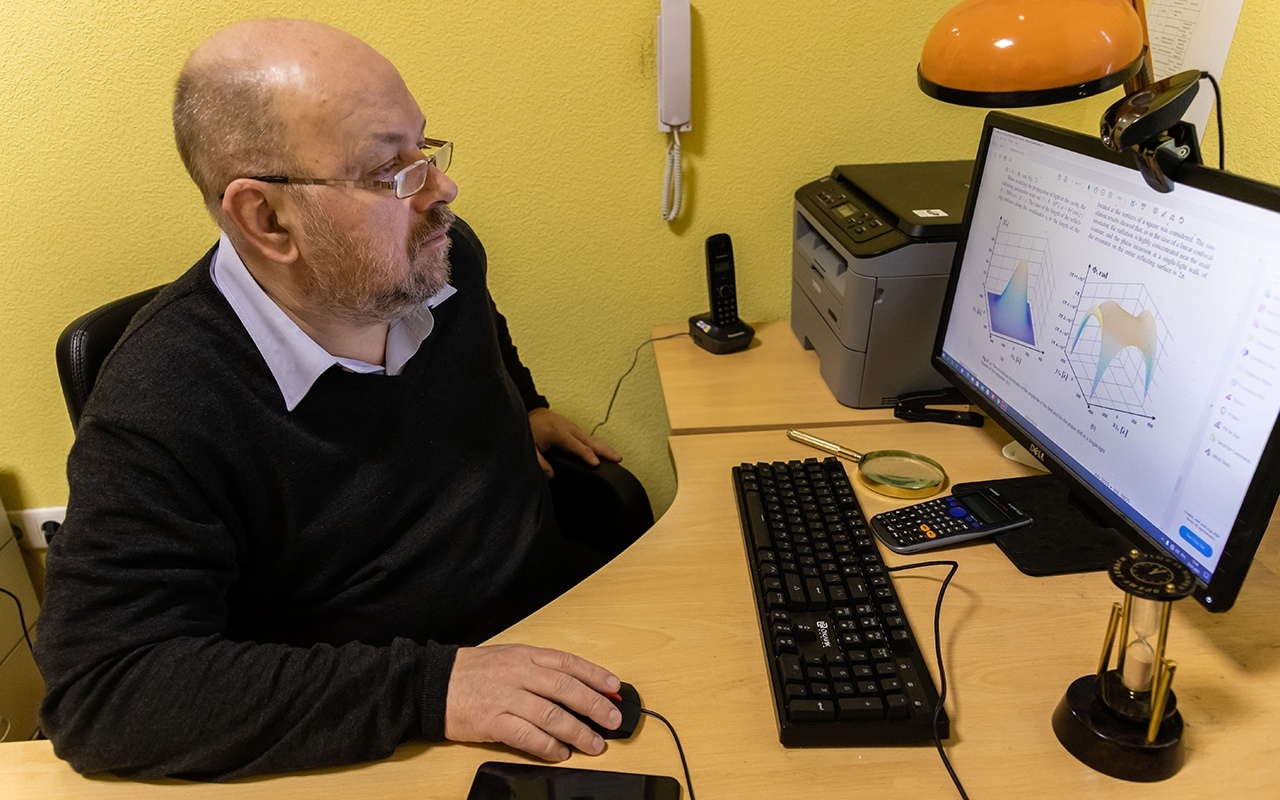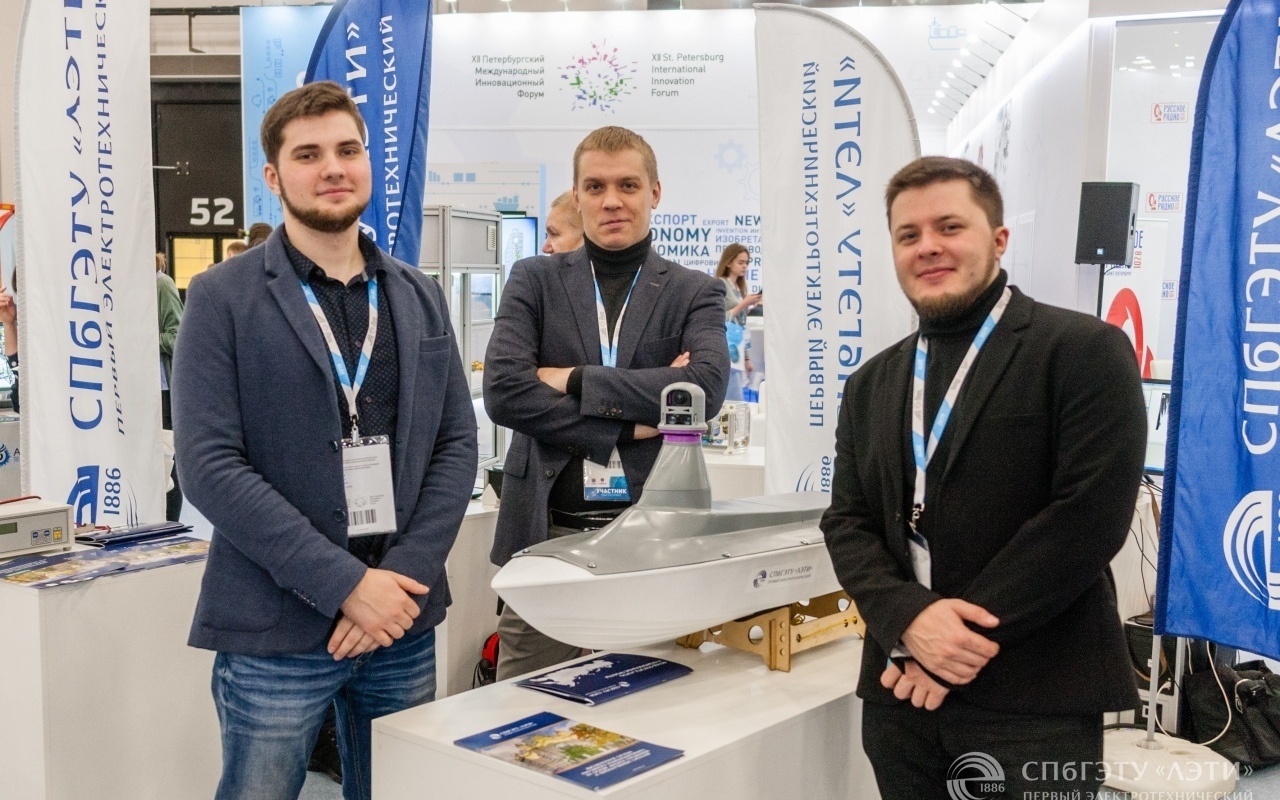Today, there is an increasing need for the orientation and navigation of small-sized moving objects around the world. The niche of expensive gyroscopes for large vehicles (ships, aircraft, etc.) is already occupied. The decreasing size of controlled objects requires more compact inertial navigation and orientation systems. Under these conditions, the development of relatively cheap and miniature gyroscopes for a wide range of applications becomes one of the prime tasks in this area.
A research team headed by Vladimir Venediktov, Chief Scientific Associate of the Department of Laser Measurement and Navigation Systems of ETU “LETI,” works on the world’s first micro-optical gyroscope based on a circular confocal resonator.
The proposed approach makes use of research on micro-optical resonator gyroscopes based on angular velocity measurement methods. A miniature, cheap, and highly accurate gyroscope can help drones and autonomous cars stay on track without a GPS signal.
“The current trend in modern transportation and logistics systems is to reduce warehouse space, increase the speed and dynamics of commodity flows, reduce the size and automate cargo that delivers goods to a consumer,” says Vladimir Venediktov, “Also, there are many tasks related to maneuverable objects with high and ultra-high accelerations and vibrations. It is essential in pre-crash conditions to ensure stable control of vehicles, which usually have low dynamics of motion, but the crash of which is unacceptable.”
High-performance gyroscopes will be in demand in backup navigation systems for autonomous cars, which are large and expensive devices. For quite a long time, they have been a bottleneck in navigation systems. The devices developed at ETU “LETI” will help remove this obstacle, allowing high-precision and low-cost inertial navigation in most autonomous vehicles. This kind of backup navigation equipment can also be used for pathfinding in places where GPS signals are blocked, for example, inside buildings, helping to speed up the work of warehouse robots.
In 2020, the project of ETU “LETI” researchers got support from the Russian Science Foundation. By 2022, the researchers will develop, create, and test a prototype of a gyroscope.
According to Vladimir Venediktov, it is also possible to solve a wide range of socially significant tasks using these devices. One of the applications is helping seniors who go for a walk alone. The gyroscope records movements and immediately informs about the person’s location in case of an unusual situation.





